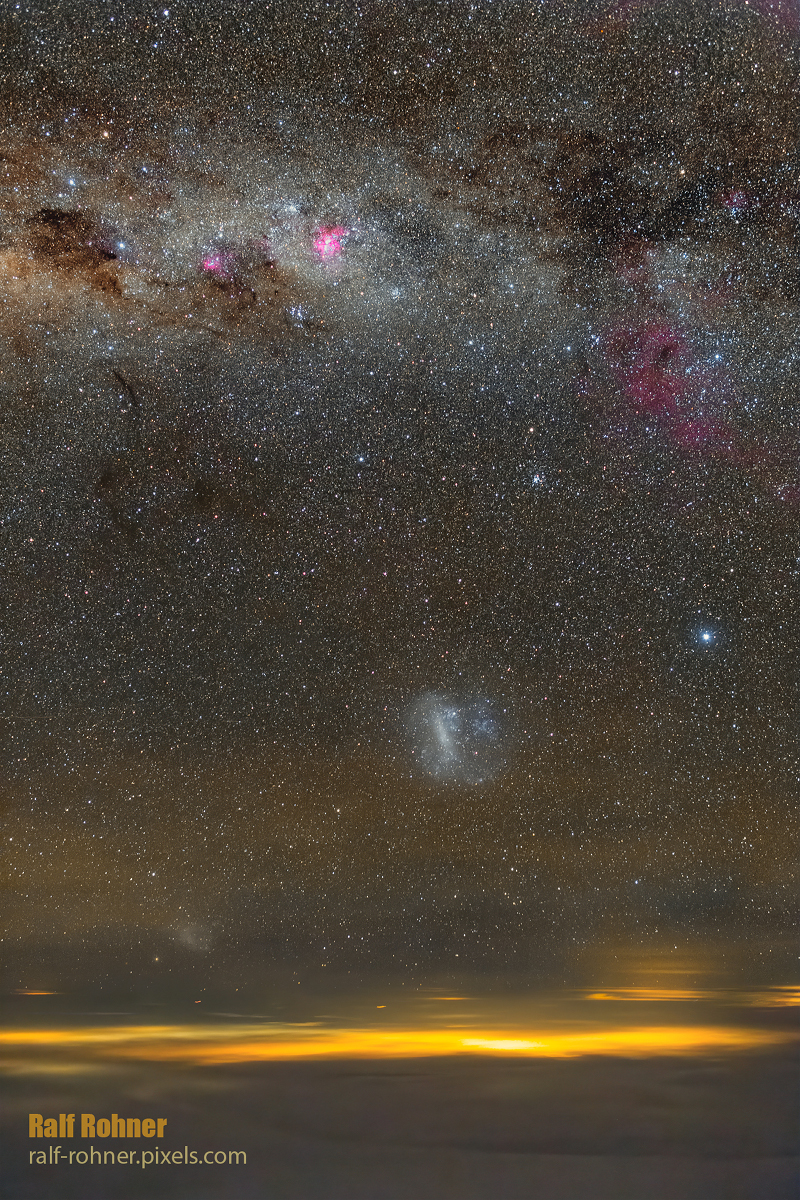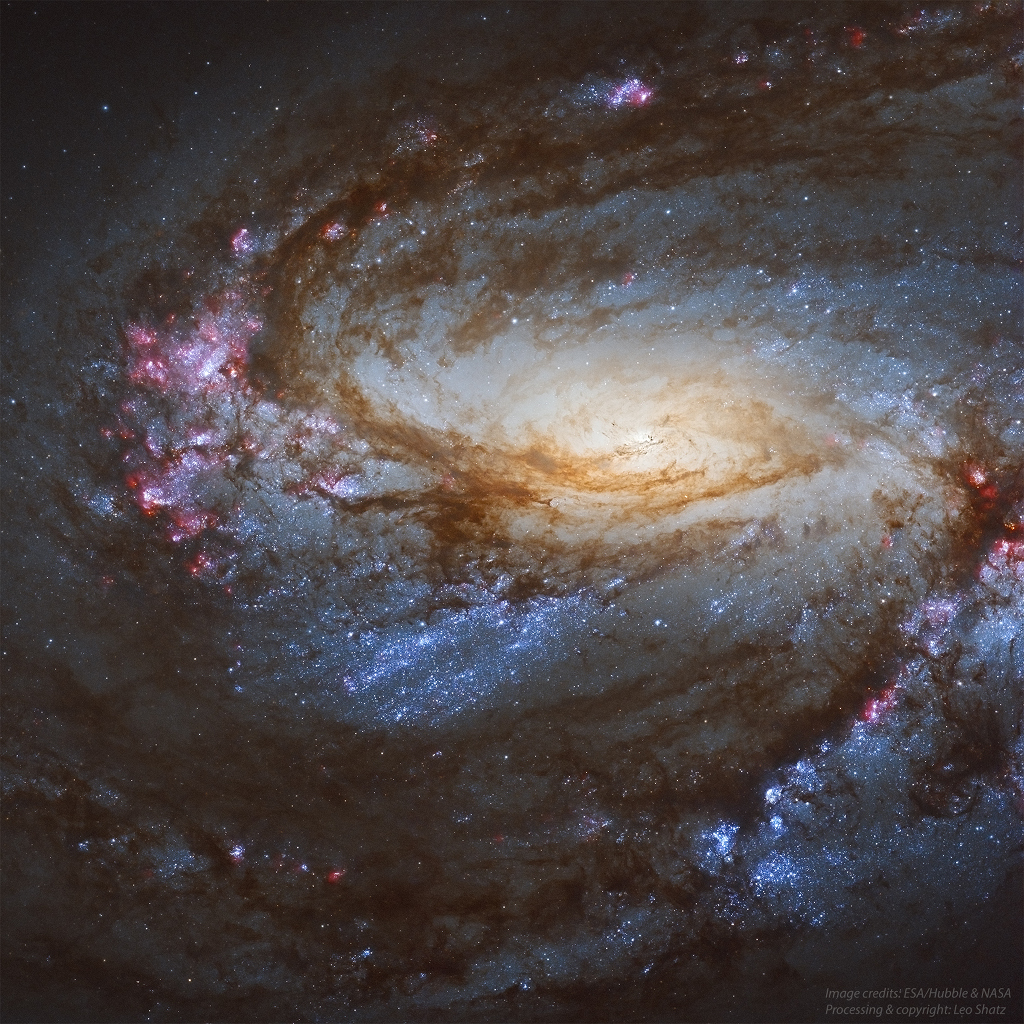Blog
Franz Peter Schubert (German: [ˈfʁant͡s ˈpeːtɐ ˈʃuːbɐt]; 31 January 1797 – 19 November 1828) was an Austrian composer of the late Classical and early Romantic eras. Despite his short lifetime, Schubert left behind a vast oeuvre, including more than 600 secular vocal works (mainly lieder), seven complete symphonies, sacred music, operas, incidental music and a large body of piano and chamber music. His major works include the Piano Quintet in A major, D. 667 (Trout Quintet), the Symphony No. 8 in B minor, D. 759 (Unfinished Symphony), the ”Great” Symphony No. 9 in C major, D. 944, the String Quintet (D. 956), the three last piano sonatas (D. 958–960), the opera Fierrabras (D. 796), the incidental music to the play Rosamunde (D. 797), and the song cycles Die schöne Müllerin(D. 795) and Winterreise (D. 911).
Born in the Himmelpfortgrund suburb of Vienna, Schubert showed uncommon gifts for music from an early age. His father gave him his first violin lessons and his elder brother gave him piano lessons, but Schubert soon exceeded their abilities. In 1808, at the age of eleven, he became a pupil at the Stadtkonvikt school, where he became acquainted with the orchestral music of Haydn, Mozart, and Beethoven. He left the Stadtkonvikt at the end of 1813, and returned home to live with his father, where he began studying to become a schoolteacher. Despite this, he continued his studies in composition with Antonio Salieri and still composed prolifically. In 1821, Schubert was admitted to the Gesellschaft der Musikfreunde as a performing member, which helped establish his name among the Viennese citizenry. He gave a concert of his own works to critical acclaim in March 1828, the only time he did so in his career. He died eight months later at the age of 31, the cause officially attributed to typhoid fever, but believed by some historians to be syphilis.
more...https://www.youtube.com/watch?v=ESPri_fC8qg
more...Celestial sights of the southern sky shine above a cloudy planet Earth in this gorgeous night sky view. The scene was captured from an airliner’s flight deck at 38,000 feet on a steady westbound ride to Lima, Peru. To produce the sharp airborne astrophotograph, the best of a series of short exposures were selected and digitally stacked. The broad band of the southern Milky Way begins at top left with the dark Coalsack Nebulaand Southern Cross. Its expanse of diffuse starlight encompasses the the Carina Nebula and large Gum Nebula toward the right. Canopus, alpha star of Carina and second brightest star in Earth’s night is easy to spot below the Milky Way, as is the dwarf galaxy known as the Large Magellanic Cloud. The Small Magellanic cloud just peeks above the cloudy horizon. Of course, the South Celestial Pole also lies within the starry southern frame.

Philip David Charles Collins LVO (born 30 January 1951) is an English drummer, singer, songwriter, and record producer, best known as the drummer/singer of the rock band Genesis and for his solo career. Between 1982 and 1990, Collins scored three UK and seven US number-one singles in his solo career. When his work with Genesis, his work with other artists, as well as his solo career is totalled, he had more US Top 40 singles than any other artist during the 1980s. His most successful singles from the period include “In the Air Tonight“, “Against All Odds (Take a Look at Me Now)“, “One More Night“, “Sussudio“, “Take Me Home“, “Two Hearts“, “A Groovy Kind of Love” (featured in the film Buster), “I Wish It Would Rain Down“, and “Another Day in Paradise“.
Born and raised in west London, Collins played drums from the age of five and completed drama school training, which secured him various roles as a child actor. He then pursued a music career, joining Genesis in 1970 as their drummer and becoming lead singer in 1975 following the departure of Peter Gabriel. Collins began a solo career in the 1980s, initially inspired by his marital breakdown and love of soul music, releasing a series of successful albums, including Face Value (1981), No Jacket Required (1985), and …But Seriously (1989). Collins became “one of the most successful pop and adult contemporary singers of the ’80s and beyond”. He also became known for a distinctive gated reverb drum sound on many of his recordings. In 1996, Collins left Genesis to focus on solo work; this included writing songs for Disney’s Tarzan (1999) for which he received an Oscar for Best Original Song for “You’ll Be in My Heart”. He rejoined Genesis for their Turn It On Again Tour in 2007. Following a five-year retirement to focus on his family life, Collins released an autobiography in 2016 and completed his Not Dead Yet Tour in 2019.
Collins’s discography includes eight studio albums that have sold 33.5 million certified units in the US and an estimated 150 million worldwide, making him one of the world’s best-selling artists. He is one of only three recording artists, along with Paul McCartney and Michael Jackson, who have sold over 100 million records worldwide both as solo artists and separately as principal members of a band. He has won eight Grammy Awards, six Brit Awards (winning Best British Male Artist three times), two Golden Globe Awards, one Academy Award, and a Disney Legend Award. He was awarded six Ivor Novello Awards from the British Academy of Songwriters, Composers and Authors, including the International Achievement Award. He received a star on the Hollywood Walk of Fame in 1999, and was inducted into the Songwriters Hall of Fame in 2003 and the Rock and Roll Hall of Fame as a member of Genesis in 2010. He has also been recognised by music publications with induction into the Modern Drummer Hall of Fame in 2012, and the Classic Drummer Hall of Fame in 2013.
more...Martyn Jerel Buchwald (/ˈbælɪn/; January 30, 1942 – September 27, 2018), most known by his stage name Marty Balin, was an American singer, songwriter, and musician best known as the founder and one of the lead singers and songwriters of Jefferson Airplane and Jefferson Starship.
Balin was born Martyn Jerel Buchwald in Cincinnati, Ohio, the son of Catherine Eugenia “Jean” (née Talbot) and Joseph Buchwald. His paternal grandparents emigrated from Eastern Europe. His father was Jewish and his mother was Episcopalian.[citation needed] Buchwald attended Washington High School in San Francisco, California
more...Roger Humphries (born January 30, 1944) is an American jazz drummer.
Born into a family of ten children in Pittsburgh, Pennsylvania, Humphries began playing drums at age four, and went professional at age 14. He led an ensemble at Carnegie Hall at age 16. Early in the 1960s, he began touring with jazz musicians; one of his more prominent gigs was in a trio with Stanley Turrentine and Shirley Scott in 1962. In 1964, he worked with Horace Silver, appearing on the album Song for My Father, where he played on four tracks, including the title tune. (On the same album Roy Brooks played on two tracks from a session recorded a year earlier). Following this Humphries drummed for Ray Charles.
Humphries’s list of credits in jazz, R&B, and pop is extensive. Musicians he has played with, in addition to the above, include Lee Morgan, Grant Green, Billy Taylor, Bill Doggett, Benny Green, Lionel Hampton, Coleman Hawkins, Barry Harris, Clark Terry, J. J. Johnson, Billy Preston, Joe Henderson, Freddie Hubbard, Dizzy Gillespie, Jack McDuff, Gene Harris, George Harris, George Benson, Jon Faddis, Slide Hampton, Johnny Griffin, Herbie Mann, Randy Brecker, Joe Williams, Milt Jackson, Jimmy Witherspoon, Hubert Laws, Dwayne Dolphin, Isley Brothers, and Illinois Jacquet.
Humphries led his own band in the early 1970s, R.H. Factor, and led ensembles under other names into the 1990s. He has also held teaching positions at the University of Pittsburgh and the Pittsburgh High School for the Creative and Performing Arts. He released albums under his own name in 1993, 2003, and 2011.
more...Edward Brian “Tubby” Hayes (30 January 1935 – 8 June 1973) was an English jazz multi-instrumentalist, best known for his tenor saxophoneplaying in groups with fellow sax player Ronnie Scott and with trumpeter Jimmy Deuchar.
Hayes was born in St Pancras, London, England, and brought up in London. His father was a BBC studio violinist who gave his son violin lessons from an early age. By the age of ten, Hayes was playing the piano, and started on the tenor sax at 11.
more...Ahmed Abdul-Malik (born Jonathan Tim, Jr.; January 30, 1927 – October 2, 1993) was an American jazz double bassist and oud player.
Abdul-Malik is remembered for integrating Middle Eastern and North African music styles in his jazz music. He was a bass player for Art Blakey, Earl Hines, Randy Weston, and Thelonious Monk, among others.
more...Bettye LaVette (born Betty Jo Haskins, January 29, 1946) is an American soul singer-songwriter who made her first record at sixteen, but achieved only intermittent fame until 2005, with her album I’ve Got My Own Hell to Raise. Her eclectic musical style combines elements of soul, blues, rock and roll, funk, gospel, and country music.
more...
NGC 613 is a barred spiral galaxy located 67 million light years away in the southern constellation of Sculptor. This galaxy was discovered in 1798 by German-English astronomer William Herschel, then re-discovered and catalogued by Scottish astronomer James Dunlop. It was first photographed in 1912, which revealed the spiral form of the nebula. During the twentieth century, radio telescope observations showed that a linear feature in the nucleus was a relatively strong source of radio emission.
NGC 613 is inclined by an angle of 37° to the line of sight from the Earth along a position angle of 125°.The morphological classification of NGC 613 is SBbc(rs), indicating that it is a spiral galaxy with a bar across the nucleus (SB), a weak inner ring structure circling the bar (rs), and moderate to loosely wound spiral arms (bc). The bar is relatively broad but irregular in profile with a position angle that varies from 115–124° and dust lanes located along the leading edges. Star formation is occurring at the ends of the bar and extending along the well-defined spiral arms. The central bulge is readily apparent, with a radius of 14″.
The classification of the nucleus is of type HII, indicating a match to the spectrum of an H II region. Near the core, the stars have a velocity dispersion of 136 ± 20 km/s. The nucleus is a source of radio emission with the form of an inner ring with a radius of about 1,100 ly (350 pc) and a linear feature that is perhaps perpendicular to it. The latter consists of three discrete blobs spanning approximately 2,000 ly (600 pc).Observations suggest the presence of a supermassive black hole at the core with a mass in the range (1.9–9.6) × 107 times the mass of the Sun.

James Lee Jamerson (January 29, 1936 – August 2, 1983) was an American bass player. He was the uncredited bassist on most of the Motown Records hits in the 1960s and early 1970s (Motown did not list session musician credits on their releases until 1971), and is now regarded as one of the most influential bass players in modern music history. He was inducted into the Rock and Roll Hall of Fame in 2000. As a session musician he played on twenty-three Billboard Hot 100 number one hits, as well as fifty-six R&B number one hits.
In its special issue “The 100 Greatest Bass Players” in 2017, Bass Player magazine ranked Jamerson number one and the most influential bass guitarist. In 2020, Rolling Stone magazine ranked Jamerson number one in its list of the 50 greatest bassists of all time. A native of Edisto Island, South Carolina, he was born to James Jamerson Sr. and Elizabeth Bacon. He was raised in part by his grandmother who played piano, and his aunt who sang in church choir. Long troubled by alcoholism, Jamerson died of complications from cirrhosis of the liver, heart failure and pneumonia on August 2, 1983, in Los Angeles. He is interred at Detroit’s historic Woodlawn Cemetery.
more...Edwin Thomas “Ed” Shaughnessy ( Jersey City , January 29, 1929 – Calabasas , May 24, 2013 ) was an American drummer . Although he is best known for his collaborations with Doc Severinsen and the Tonight Show Band, Ed has worked intensively (during his almost seventy-year career) with many artists, including: George Shearing , Jack Teagarden , Charlie Ventura (in the 40s ) and the bands of Benny Goodman and Tommy Dorsey (in the 1950s). In the 1960s he worked with Count Basie instead before joining the Tonight Show Band. He also took part in a drum competition with Buddy Rich .
Despite being best known as a Big Band drummer, Shaughnessy also played in small groups with Gene Ammons , Roy Eldridge , Billie Holiday , Mundell Lowe , Teo Macero , Charles Mingus , Shirley Scott , Jack Sheldon , Horace Silver and many others.
more...Cantes por bulerías began with Jerezano singer Loco Mateo (c. 1832-1890), who would conclude his specialty, the soleares, with a remate(ending) por bulerías. Bulerías is closely associated with the City of Jerez de la Frontera, specifically Barrio San Miguel, the home of many of flamenco’s most influential artists, including Loco Mateo, Agujetas, and Don Antonio Chacón. Rooted in the soleares, the bulerías also has aspects of older flamenco forms including jaleos and bamberas. The word ‘bulerías” comes from the word “burlar,” meaning to mock, outwit, or escape danger.
more...Spiral galaxy Messier 66 lies a mere 35 million light-years away. The gorgeous island universe is about 100 thousand light-years across, similar in size to the Milky Way. This reprocessedHubble Space Telescope close-up view spans a region about 30,000 light-years wide around the galactic core. It shows the galaxy’s disk dramatically inclined to our line-of-sight. Surrounding its bright core, the likely home of a supermassive black hole, obscuring dust lanes and young, blue star clusters sweep along spiral arms dotted with the tell-tale glow of pinksh star forming regions. Messier 66, also known as NGC 3627, is the brightest of the three galaxies in the gravitationaly interacting Leo Triplet.

more...
More Posts
- Daily Roots with Playing for Change
- The Cosmos with NGC 660
- Peter Beets Day
- Chick Corea Day
- World Music with Jacky Molard
- Daily Roots with Steel Pulse
- The Cosmos with GGD 27
- Hazel Scott Day
- Bernard Purdie Day
- Shelly Manne Day
- World Music with Orchestre National de Barbés
- Daily Roots with Bunny Wailer & Ruffi-Ann
- The Cosmos with NGC 6543
- Gary Thomas Day
- João Gilberto Day
- Howlin’ Wolf Day
- Chink Martin Day
- World Music with Samba Touré
- Daily Roots with Alpha & Omega
- The Cosmos with Abell 3827